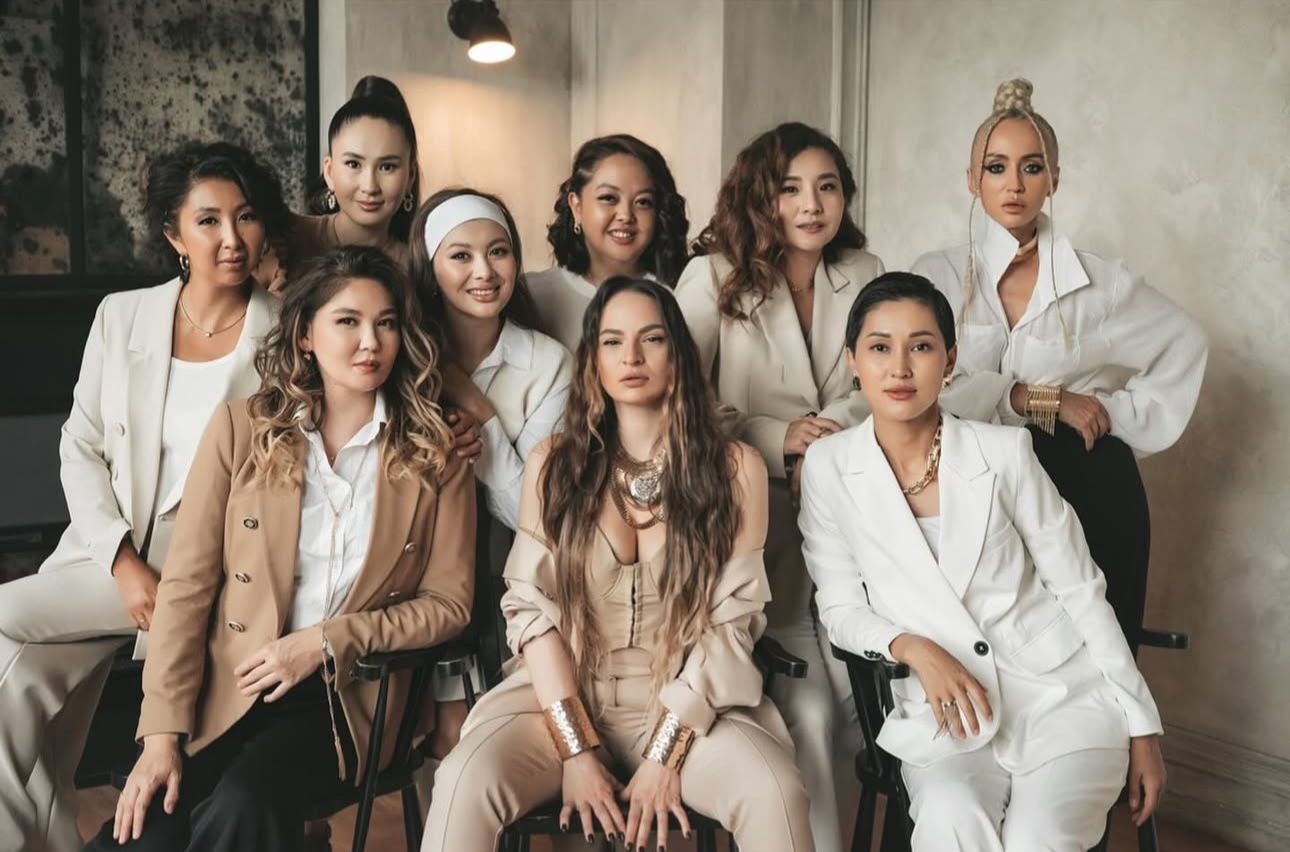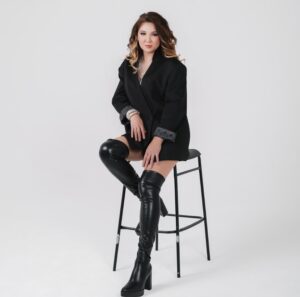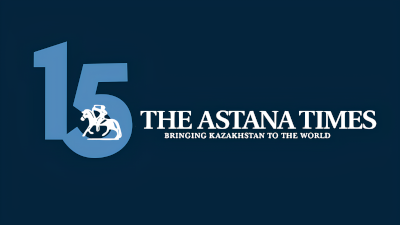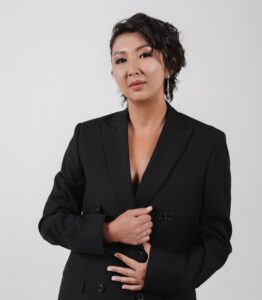ASTANA – Kazakhstan’s first all-female orchestra founders are convinced that music and solidarity can help Kazakh women follow their passion for art and defy the conventions of women’s traditional roles in society.

Kazakhstan’s first all-female orchestra – Sezim music show. Photo credit: Instagram @sherrycomposer
Four talented women, cellist Botagoz Kaliyeva, violinist Madina Bekmadiyeva, composer Shyryn Bazarkulova, and singer Jordan Arakelyan united with the idea to start a creative platform and increase job opportunities for women players. They established an all-female music show named Sezim, meaning “a feeling.”
Their first show is to be held on Feb. 7 at Zhastar Palace in Astana. The concert will feature soundtracks from films with strong female leads, such as “Kill Bill,” “Mulan,” “Sex and the City,” “Barbie,” “Coyote Ugly,” and “Charlie’s Angels.”
The Astana Times met with two of the founders, Kaliyeva and Bekmadiyeva, to learn their personal stories and inspiration behind creating the women-only orchestra.
The beginning of a musical journey
Kaliyeva has devoted her life to mastering the cello, a journey that began in childhood.
“I ended up by chance in a very well-known school. It was the Republican Specialized Music School named after Kulyash Baiseitova – my mother worked there. I used to visit her at work, and I loved the sounds echoing through the hallways. It felt like a chaotic, untuned choir—drums beating here, violins squeaking there. It was a very fun, hectic atmosphere, with kids running around the corridor with notes and singing,” said Kaliyeva.

Botagoz Kaliyeva. Photo provided by the author.
That is how Kaliyeva’s creative journey began. Later, she was selected as a fellow of the prestigious UBS Verbier Festival Orchestra and studied at the Vienna Academy of Music and Arts. She mastered the electric cello and was among the first to introduce the instrument to Kazakhstan.
Her parents often urged her to quit music, warning that she would miss out on a childhood and spend every vacation studying. Being a professional musician is like being a professional athlete—always on, always in shape, Kaliyeva acknowledges. But when she later became a mother, all of her musical outlets were put on hold.
“As women, it’s naturally much harder for us in this respect than it is for men. We go through pregnancy, maternity leave, and caring for children. During my own maternity leave, I didn’t touch my instrument at all. It was incredibly difficult mentally. I felt like I’d never get back on stage, never create or play again. And just so you understand—music is all I know how to do. Nothing else,” she explained.
Kaliyeva’s education along with her experience in Kazakhstan’s Presidential Orchestra, inspired her to focus on building an orchestra that empowers women in their pursuit of self-realization.
“After a while, I became a soloist with Tynda Music and started performing as an electric cellist. At one of these concerts, Madina [Bekmadiyeva] suggested we should collaborate to create a women’s orchestra – a space where women can find a platform for creative self-realization. The goal was to inspire women facing difficult situations, to help them overcome depression through creativity, and to show them that it’s never too late to pursue their passion,” said Kaliyeva.
Bekmadiyeva’s journey as a violinist
Bekmadiyeva grew up in a family where singing and dombra playing were part of every celebration. As a child, she used to draw “music” on her paintings, so her parents decided to enroll her in a musical school, which kick-started her career as a successful violinist.
It was only when Bekmadiyeva had a family and became a mother that she realized why there were so few women who chose to stay in the music industry. Traditional views on women’s roles in the family remain strong in society, yet they did not prevent Bekmadiyeva from pursuing an ambitious career in music.
Madina Bekmadiyeva. Photo provided by the author.
“A woman, especially a musician-woman, has two parallel lives that will never come together. I have two lives, you could say: one where I am a mother and a wife, and another where I am a musician and now, perhaps, a leader,” said Bekmadiyeva.
Kaliyeva also agreed with Bekmadiyeva on the challenges women face in balancing family, social expectations and professional careers.
“I am really glad that Madina and I think alike. We create from the perspective of what we can offer to the world—especially to women, who are often the most vulnerable, emotional and hesitant. In fact, society assigns women so many roles. She has to be a mother and a wife, to bring up her children, succeed in her career, and always look good. And somehow, they’re supposed to balance all of this perfectly. If they don’t, it’s seen as a failure—or at least, not good enough,” said Kaliyeva.
Women’s solidarity
Without role models, how can women believe it is possible to forge a successful career as a musician? That is the question all the founders of the orchestra keep in mind.
“If we can guide even one woman in the right direction, help her align her with her creative energy, then we’ve achieved our goal. An instrument can sit untuned for years, and to an ignorant person, it may sound hopeless. But in the hands of someone who knows how to tune it, it transforms, creating harmony,” said Bekmadiyeva, drawing an analogy between an untuned instrument and a person disconnected from creativity.
Such is the strength of female artists. Through the Sezim musical show, they set up not just a performance platform but also a networking group to support women and give them confidence when trying to navigate their way back into art.
There are 25 women in the orchestra who play a wide range of classical instruments while blending their performances with modern elements like DJing.
“I’ve always been attracted to the crossover genre when classical music is combined with modern beats,” said Kaliyeva, noting that the orchestra embraces both traditional and contemporary styles.
Breaking stereotypes
Society is slow to accept women in certain playing positions strongly associated with men.
“Now, with our team, we are breaking stereotypes—especially the idea that certain instruments are not suited for women. We have the only female trombonist in Kazakhstan. For some reason, the trombone is seen as a ‘male’ instrument. But that’s simply not true; it just depends on properly placing the instrument,” said Bekmadiyeva.
Similar stereotypes persist regarding instruments such as trumpet, double bass and across orchestral departments such as brass, wind instruments and percussion. Sezim music show aims to bring women playing those instruments into the mainstream and change the perception that they are not meant for women.



